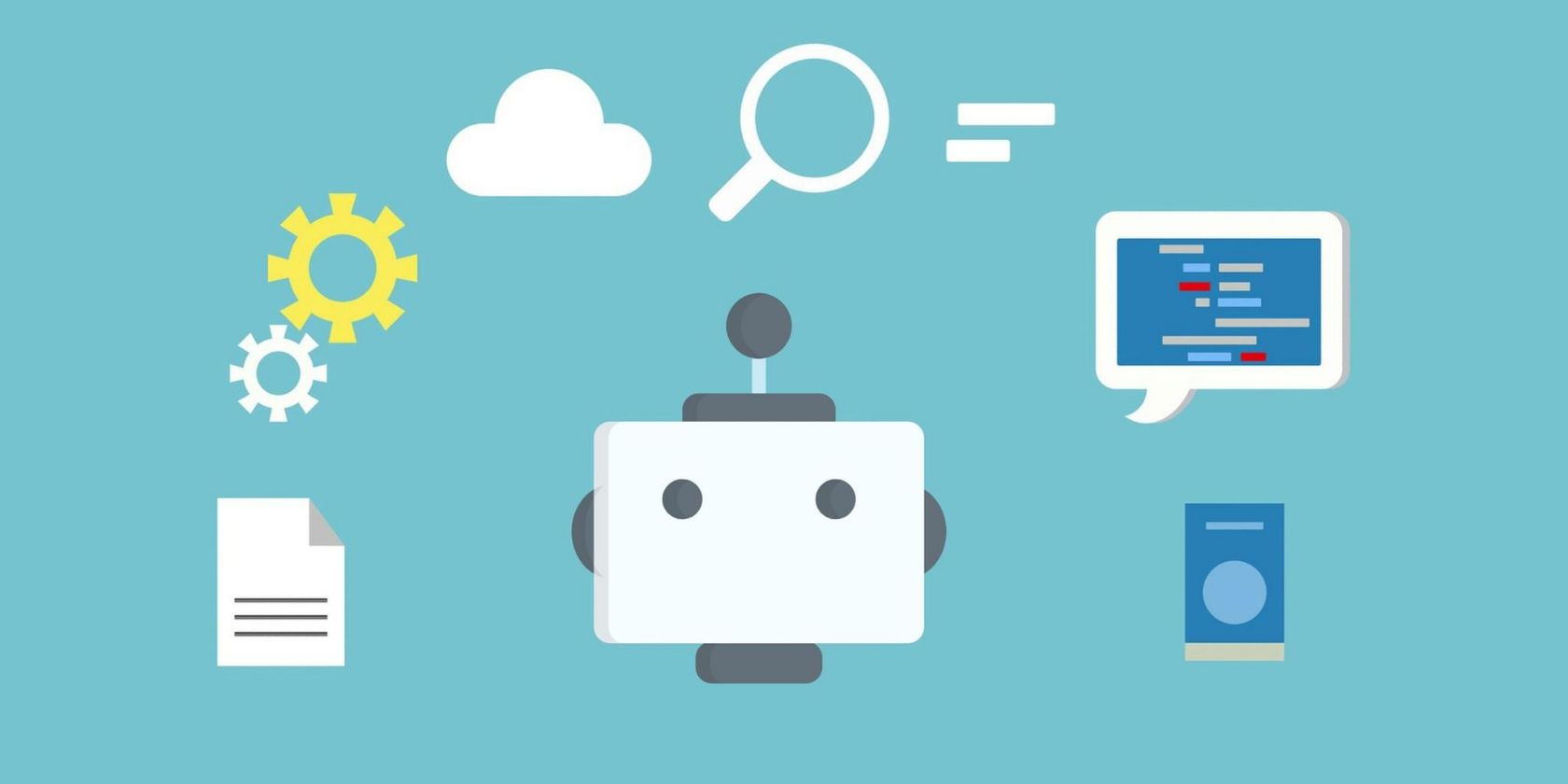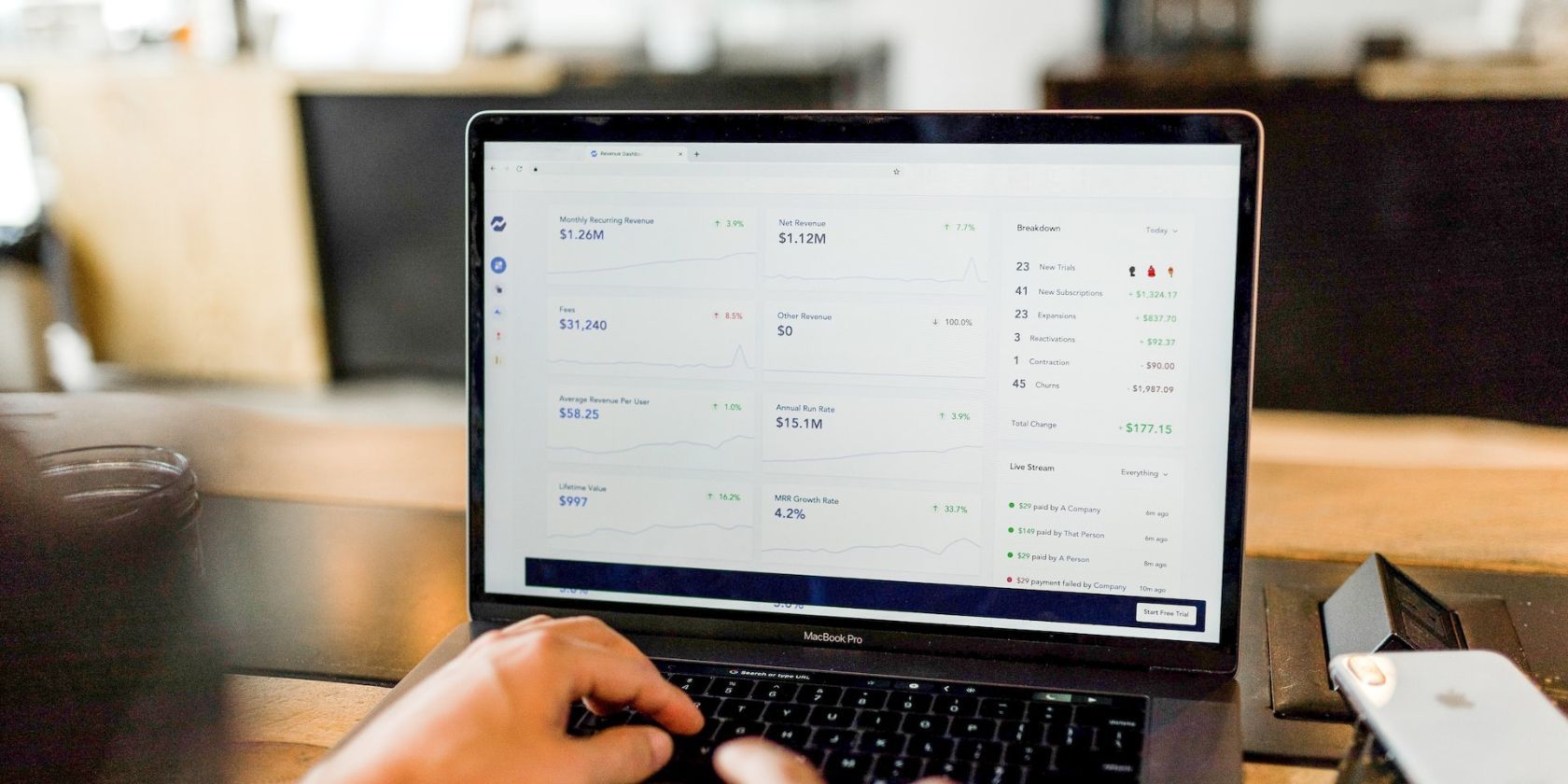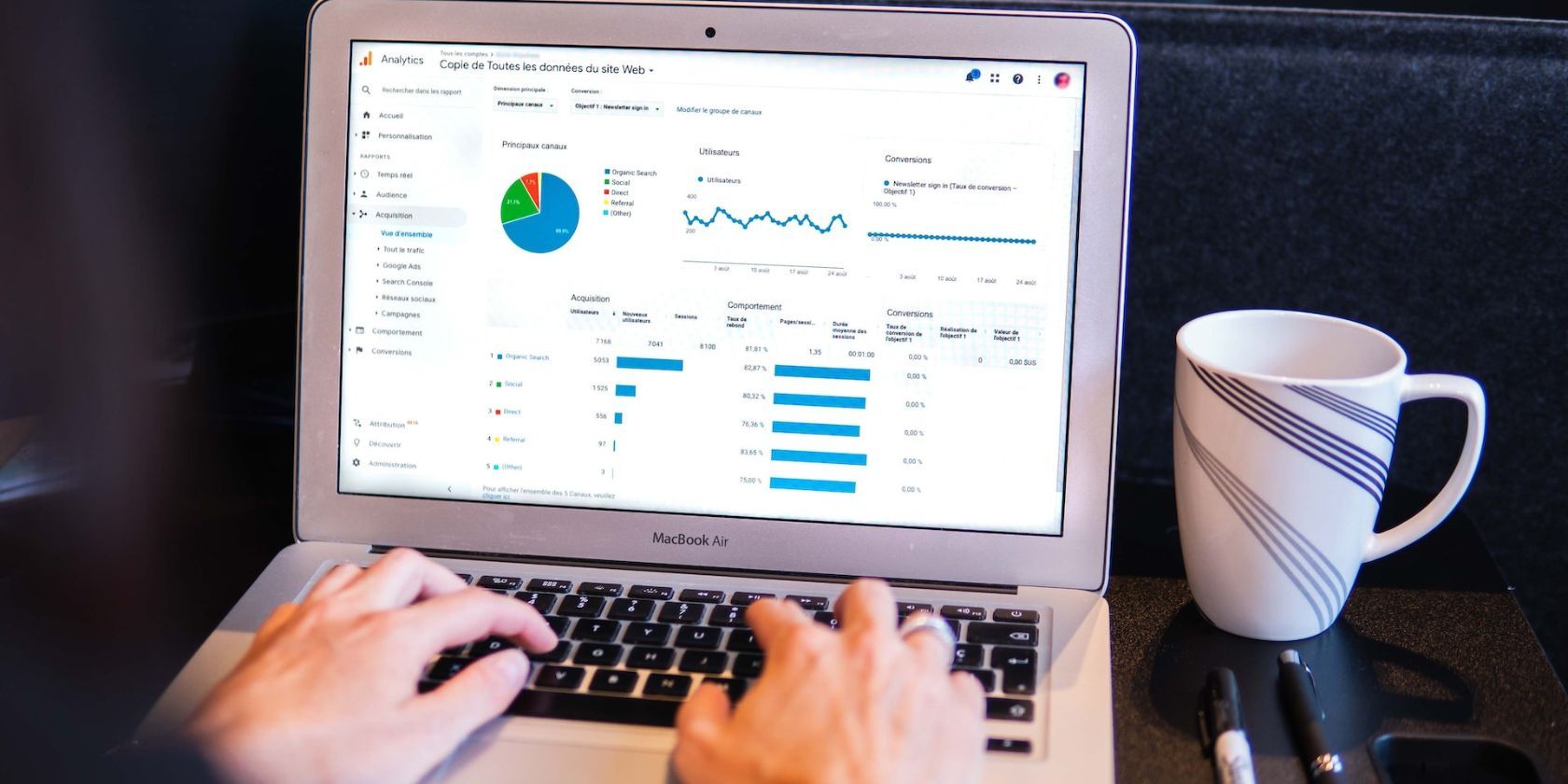As technology advances rapidly, the fear of job loss due to automation has become a reality for many workers across industries. While some jobs are more susceptible to being replaced by AI than others, it's important to understand which roles are most at risk and how workers can adapt.
Multiple jobs have already started to see the impact of AI, such as writing, social media management, and graphic design. By examining these roles, we hope to shed light on the current state of AI in the workforce.
1. Graphic Designing
AI has come a long way in recent years, making significant strides in various industries, including graphic design. AI-powered tools can create designs in real-time that are aesthetically pleasing.
This technology analyzes user preferences, brand guidelines, and design trends, providing designers with an efficient way to get their work done quickly. AI-powered tools like Adobe Spark and Canva create stunning graphics with minimal effort. The algorithms also analyze designs and recommend changes to create something aligned with industry standards.
You can also use AI text-to-art generators to create multiple images within seconds. Companies can save costs by hiring fewer designers and getting faster outputs. It is also a cost-effective alternative for smaller businesses that may not have the resources to hire a team of designers.
2. Writing, Editing, and Proofreading
Artificial intelligence has made remarkable advancements in the field of writing as well. With its ability to understand different languages, AI is now capable of replacing human writers, editors, and proofreaders in many ways.
Different AI writing tools, such as automated content generators and language translation software, use algorithms and machine learning to create written content. These tools can produce articles, blog posts, and even books with remarkable speed and accuracy.
The technology behind these tools is constantly improving and creating complex and nuanced writing. While some believe AI can never replace human writing, its content can be highly informative and well-structured. This makes it a useful tool for organizations requiring a large amount of written content that is otherwise difficult to manage with several writers and editors.
3. Accounts & Bookkeeping
AI has the power to change accounting and bookkeeping. It can do jobs like entering data and analyzing numbers quickly and accurately. Banks are a great example of organizations using AI in their accounts. Accounting and bookkeeping require precision and minimal room for error, both of which can be achieved using AI.
AI can take on simple tasks that junior accountants usually do, letting experienced professionals handle the complicated ones. It can process data without errors, making work more accurate and reducing the risk of fraud. The main reasons for introducing AI in accounts and bookkeeping is their ability to process faster, make fewer errors and ensure accuracy. Also, let’s not forget how it eliminates paper waste.
AI can dig past information to find trends and patterns, giving businesses useful information to make decisions. As AI keeps getting better, it can become even more useful for accounting and bookkeeping, ultimately depriving humans of their jobs. Examples of AI software in accounting are QuickBooks, Xero, and Zoho Books.
4. Consultancy
Because of its ability to track, trace and examine information, AI is a threat to those doing consultancy. You can program AI to analyze large amounts of data, identify patterns, and make recommendations based on that information.
For example, it can provide insights into customer behavior, market trends, and product performance. This enables organizations to make informed decisions and save time and resources. While AI may not completely replace human consultants, it certainly can augment their work.
5. Social Media Managing
Social media is the trending face of progressive businesses, and AI can automate several tasks performed by social media managers.
For instance, AI algorithms can assist in scheduling posts, creating and optimizing content, analyzing data and metrics, and monitoring customer engagement on various platforms.
It helps content creators save time and bring consistency without much effort. AI tools track the performance of social media campaigns and make data-driven decisions to improve their impact. They also identify the most effective time to post, the best types of content to share, and the target audience to reach.
With these exceptional abilities, AI has the potential to significantly increase the reach of social media accounts, making it easier and more effective than ever. There are several AI-powered social media management tools like AgoraPulse, Sprout Social, and Buffer to manage social media accounts efficiently.
This can save a significant amount of time and resources that social media managers would otherwise spend on these tasks manually. Moreover, AI can bring consistency and efficiency to social media management.
6. Research Analysis
Research analysis is the process of understanding data to make good decisions. Artificial intelligence also holds the ability to automate tasks that human research analysts once performed. AI uses algorithms and machine learning to understand trends and make better predictions than humans.
It processes vast amounts of information much faster than humans, making it ideal for research and analysis. However, this does not necessarily mean that AI will replace all research and analysis jobs. Some tasks still require human interpretation, creativity & critical thinking.
As AI continues to advance, it is likely to play an increasingly important role in research analysis, making some aspects of the job easier and more efficient. Software such as KNIME, TensorFlow, and IBM Watson Studio are renowned for research analysis.
7. Telemarketing
Artificial intelligence can replace telemarketing jobs by automating certain tasks, such as making calls and sending out pre-written scripts. AI software can be programmed to have conversations with customers and gather information.
Businesses can install cold-calling software to reduce the need for human telemarketers. It is important to note that AI is not yet advanced enough to completely replace human telemarketers.
AI cannot understand custom issues and offer complex problem-solving and emotional intelligence. Such issues require human interaction. In the future, AI may take on more responsibilities in telemarketing, but for now, it is just a tool that can assist telemarketers.
AI Is Taking Over Jobs Rapidly
AI is growing and taking over various tasks. There are several jobs that may be replaced by AI. But that doesn't mean you should consider AI a threat to your job.
Think of AI as a tool to help you do your work more efficiently, instead of as a threat. We can benefit from AI working alongside the human brain in making work faster and more effective.








